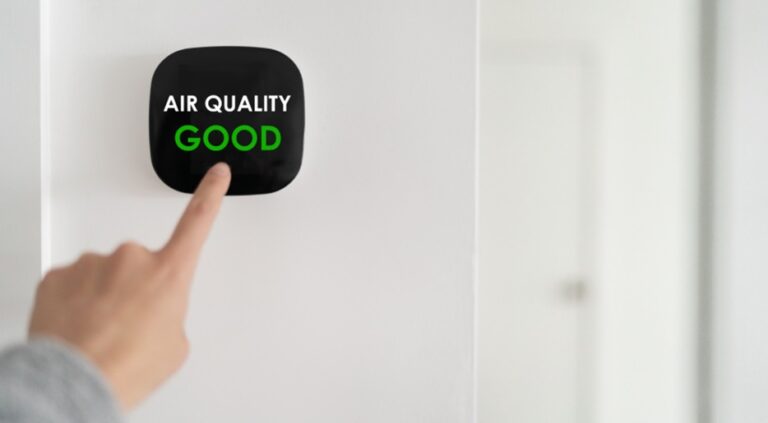
Modern architecture has reshaped how we live and work, bringing innovation, functionality, and aesthetics. However, while we marvel at these developments, it’s important to take a moment to understand how contemporary designs may impact something as vital as the air we breathe indoors. If you’re looking to enhance indoor air quality, particularly in indoor air quality in Port Charlotte, you’ll find essential solutions tailored to maintaining a healthier living environment.
The Evolution of Modern Building Designs and Indoor Airflow
Today’s buildings are being constructed with energy efficiency and sustainability at their core. Features like airtight seals, energy-efficient windows, and HVAC-integrated systems are designed to conserve energy. While these advancements are beneficial in reducing energy costs, they can also unintentionally limit natural airflow. This restriction of air exchange can lead to the accumulation of pollutants such as carbon dioxide, volatile organic compounds (VOCs), and other particulates indoors.
Without adequate ventilation and airflow, indoor pollutants from furnishings, paints, and cleaning agents can linger. This becomes especially problematic in buildings designed to recycle air rather than replace it with fresh outdoor air.
The Role of HVAC Systems in Air Quality
Heating, ventilation, and air conditioning (HVAC) systems play a crucial role in determining how the air circulates throughout a building. With modern designs emphasizing HVAC integration, proper maintenance is essential to ensure the air inside keeps flowing freely and remains pollutant-free. To deepen your understanding of this, you can explore an article on how air duct maintenance contributes to better indoor air quality, which offers insights into how keeping duct systems clean can make a significant difference.
Passive Design Elements and Natural Light
Another hallmark of contemporary architecture is the inclusion of passive design features, such as large windows and open spaces. While these additions promote natural light and energy conservation, they can also pose challenges. For instance, large glass surfaces may increase room temperatures, causing over-reliance on HVAC systems. Additionally, direct sunlight can sometimes introduce ozone and mold issues when room humidity isn’t balanced appropriately.
The relationship between design features and air quality highlights how a building’s structure needs to harmonize with proper mechanical systems.
Methods to Improve Indoor Air Quality
There’s no denying that modern designs offer numerous benefits, but it’s critical to actively manage the unintended consequences of air purity. Here are some steps to counteract these challenges and ensure a healthier indoor space:
- Regular Ventilation: Incorporate smart ventilation systems or open windows whenever possible to allow fresh air circulation.
- Air Purifiers: Use devices designed to filter out allergens, pollutants, and even airborne viruses.
- Maintain HVAC Systems: Conduct regular inspections to avoid the buildup of dust and debris. For more insights, consider this article on the importance of indoor air quality and how to improve it, which provides practical, actionable tips.
Striking the Balance Between Design and Health
While modern buildings excel in functionality and design, there’s an undeniable link between architecture and air quality. The challenge, then, is to find a balance. Architects, engineers, and homeowners need to collaborate to ensure buildings not only meet aesthetic and efficiency goals but also safeguard the health of occupants.
Conclusion
By integrating well-maintained air systems, complementing designs with adequate ventilation, and addressing pollutant sources, we can improve indoor environments for all. The air you breathe matters just as much as the walls that enclose you. Conscious decisions about design and upkeep make a world of difference in creating spaces that are not only beautiful but also healthy.